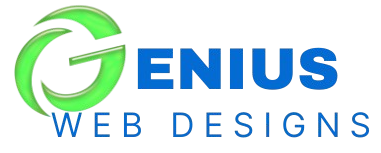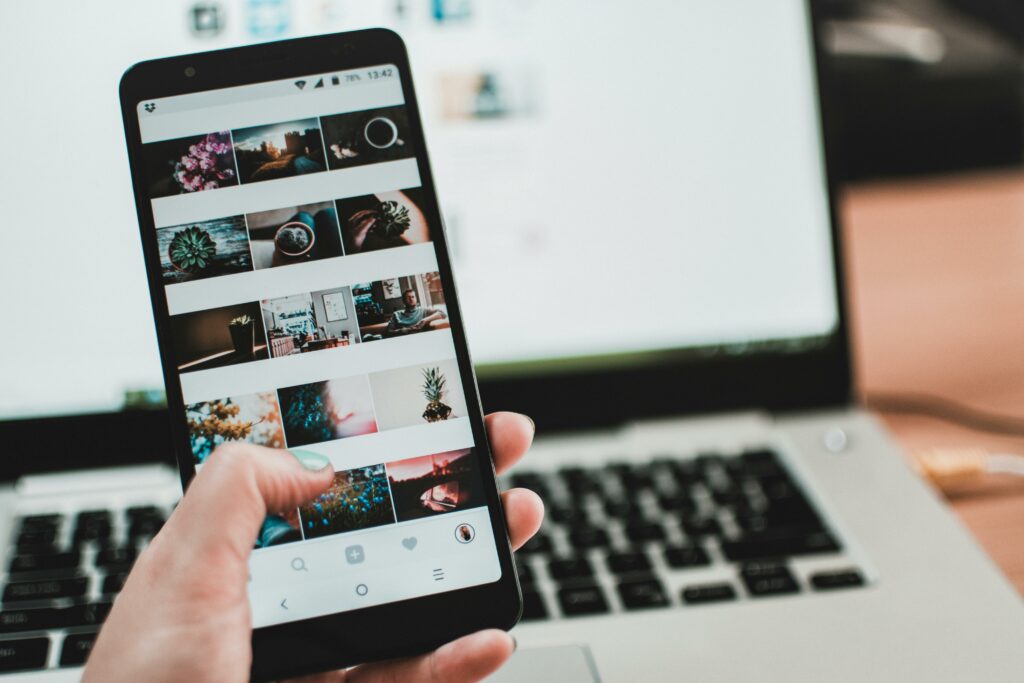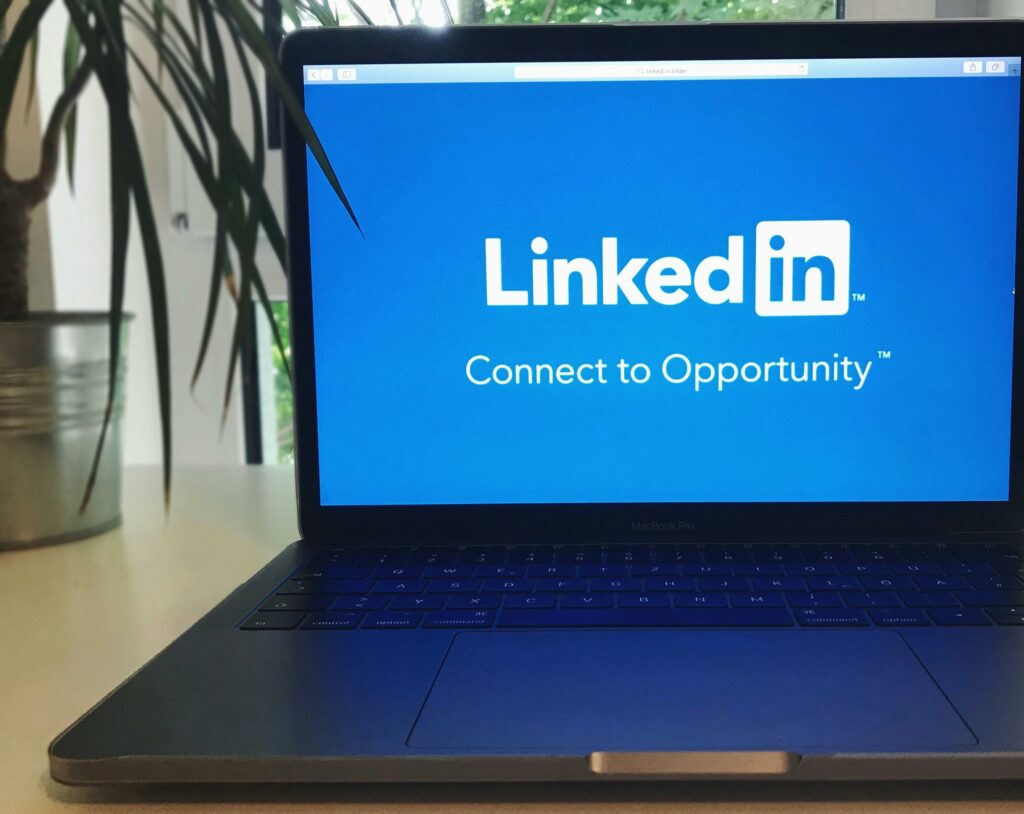
Imagine this: you’re scrolling through your favorite social media platform, and a post catches your eye. It’s colorful, engaging, and instantly makes you curious about the brand behind it. That’s the power of brand awareness on social media it’s all about creating those moments that make your audience stop, take notice, and remember you.
In a world where 4.9 billion people use social media, these platforms have become essential for businesses looking to connect with their audience and stand out from the crowd. But with so much noise online, how do you ensure your brand gets the attention it deserves? The answer lies in smart, effective social media strategies.
Here’s a fun fact: 77% of consumers are more likely to buy from a brand they follow on social media, and consistent branding can increase revenue by up to 23%. These stats show just how impactful a strong social media presence can be for your business.
In this article, we’ll walk you through 7 proven strategies to boost brand awareness on social media. Whether you’re a small business owner, a marketer, or just someone looking to grow your online presence, these tips will help you create a plan that works. Let’s get started!
1. Leverage Visual Storytelling
In the world of social media, a picture is worth a thousand words—and a video? Even more. Visual storytelling is one of the most powerful tools you can use to boost brand awareness on social media. Why? Because humans are naturally drawn to visuals. In fact, posts with images or videos receive up to 650% more engagement than text-only content.
Visual storytelling allows you to convey your brand’s personality, values, and message in a way that’s both memorable and shareable. It’s not just about posting pretty pictures; it’s about creating a narrative that resonates with your audience and makes your brand stand out.
How to Use Visual Storytelling Effectively
- Showcase Your Brand Identity: Use consistent colors, fonts, and logos to create a cohesive look across all platforms. This helps your audience instantly recognize your brand, even before they see your name.
- Example: Think of Coca-Cola’s iconic red and white color scheme—it’s instantly recognizable, even without the logo.
- Tell Your Brand’s Story: Share behind-the-scenes content, employee spotlights, or the journey of how your brand came to be. This humanizes your brand and builds an emotional connection with your audience.
- Example: Airbnb often shares stories of hosts and travelers, showcasing real-life experiences tied to their brand.
- Use High-Quality Visuals: Blurry or poorly designed visuals can hurt your brand’s credibility. Invest in good photography, design tools, or video editing software to create polished content.
- Tools to Try: Canva, Adobe Spark, or InShot for creating professional-looking visuals.
- Incorporate Video Content: Videos are the most engaging type of content on social media. Whether it’s short-form videos like Instagram Reels or longer tutorials on YouTube, video content can help you tell your story in a dynamic way.
- Tip: Keep videos concise and engaging—attention spans are short!
- Leverage User-Generated Content (UGC): Encourage your followers to share photos or videos using your products or services. Repost their content (with permission) to build trust and show real-life examples of your brand in action.
- Example: GoPro’s entire Instagram feed is filled with stunning user-generated content, showcasing the capabilities of their cameras.
- Experiment with Interactive Visuals: Use polls, quizzes, or carousel posts to make your visuals more engaging. Interactive content not only grabs attention but also encourages your audience to participate.
- Example: BuzzFeed’s quizzes are a great example of interactive content that keeps users coming back for more.
Why Visual Storytelling Works
Visuals are processed 60,000 times faster by the brain than text, making them a quick and effective way to communicate your message. They also evoke emotions, which are key to building a lasting connection with your audience. By telling your brand’s story through visuals, you create a memorable experience that keeps your audience coming back for more.
Pro Tip
Don’t forget to optimize your visuals for each platform. For example:
- Use square images for Instagram posts.
- Create vertical videos for Instagram Stories and TikTok.
- Keep LinkedIn visuals professional and polished.
By mastering visual storytelling, you can transform your social media presence into a captivating narrative that not only boosts brand awareness but also builds a loyal community around your brand. Ready to get creative? Start crafting your visual story today!

2. Post Consistently and Optimize Timing
When it comes to boosting brand awareness on social media, consistency is key. Think of your favorite brands—chances are, they post regularly and show up in your feed often. That’s because consistent posting keeps your brand top-of-mind and helps you stay visible to your audience. But it’s not just about posting frequently; it’s also about posting at the right times to maximize engagement.
Why Consistency Matters
- Builds Trust: When you post consistently, your audience knows they can rely on you for valuable content.
- Improves Algorithm Performance: Social media algorithms favor accounts that post regularly, increasing your chances of appearing in your followers’ feeds.
- Reinforces Brand Identity: Consistent posting helps solidify your brand’s voice, style, and message.
How to Post Consistently
- Create a Content Calendar: Plan your posts in advance to ensure a steady flow of content. A content calendar helps you stay organized and ensures you’re covering all the topics that matter to your audience.
- Tools to Try: Trello, Asana, or Google Sheets for planning.
- Set a Posting Schedule: Determine how often you’ll post on each platform. For example:
- Instagram: 3-5 times per week.
- Twitter: 1-3 times per day.
- LinkedIn: 2-3 times per week.
- Batch Create Content: Dedicate time to creating multiple posts at once. This saves time and ensures you always have content ready to go.
- Use Scheduling Tools: Automate your posting process with tools like Hootsuite, Buffer, or Later. These platforms allow you to schedule posts in advance, so you can maintain consistency without being online 24/7.
Optimize Timing for Maximum Engagement
Posting at the right time ensures your content reaches the largest possible audience. Here’s how to find the best times to post:
- Know Your Audience: Understand when your target audience is most active. For example:
- B2B audiences may be more active during work hours (9 AM–5 PM).
- B2C audiences might engage more in the evenings or on weekends.
- Use Platform Insights: Most social media platforms provide analytics that show when your followers are online. Use this data to schedule your posts accordingly.
- Instagram Insights: Check the “Audience” tab for activity times.
- Facebook Analytics: Use the “Posts” section to see peak engagement times.
- Twitter Analytics: Look at the “Audience” tab for activity trends.
- Experiment and Adjust: Test different posting times and analyze the results. Over time, you’ll identify patterns that work best for your audience.
- Consider Time Zones: If your audience is spread across multiple time zones, schedule posts to reach them at optimal times in their region.
Best Times to Post (General Guidelines)
While the ideal posting times vary by audience and industry, here are some general benchmarks:
- Instagram: Weekdays between 10 AM–3 PM.
- Facebook: Weekdays between 8 AM–12 PM.
- Twitter: Weekdays between 8 AM–9 AM or 6 PM–9 PM.
- LinkedIn: Tuesdays through Thursdays between 8 AM–2 PM.
Pro Tip
Don’t just focus on posting—engage with your audience too! Respond to comments, like posts, and join conversations. Engagement boosts your visibility and strengthens your relationship with your audience.
Why Timing and Consistency Work Together
Consistency builds trust, while optimized timing ensures your content reaches the right people at the right time. Together, they create a powerful combination that boosts brand awareness and keeps your audience engaged.
By posting consistently and optimizing your timing, you’ll not only increase your reach but also create a reliable presence that your audience can count on. Ready to take your posting game to the next level? Start planning and scheduling today!
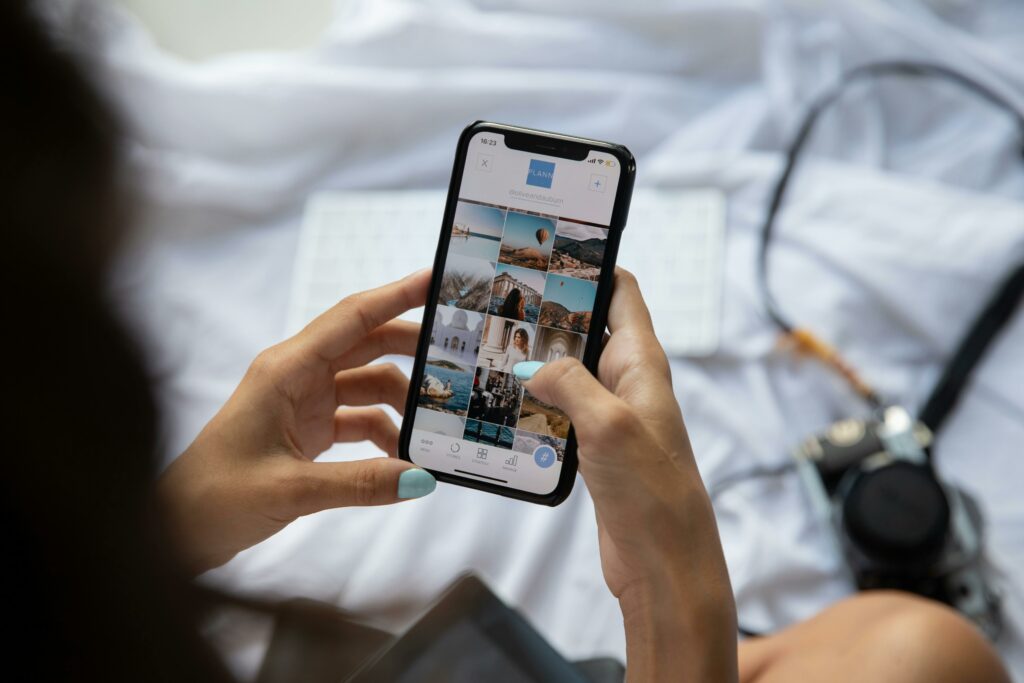
3. Engage with Your Audience
Social media isn’t a one-way street—it’s a conversation. If you want to boost brand awareness on social media, you need to do more than just post content; you need to actively engage with your audience. Engagement builds relationships, fosters loyalty, and turns passive followers into brand advocates. Plus, the more you interact with your audience, the more visible your brand becomes—thanks to social media algorithms that prioritize active accounts.
Why Engagement Matters
- Builds Trust: Responding to comments and messages shows your audience that you care about their opinions and value their input.
- Increases Visibility: Engaging with your audience boosts your posts’ reach, as platforms like Instagram and Facebook prioritize content with higher engagement.
- Creates Community: When you interact with your followers, you create a sense of belonging and loyalty around your brand.
How to Engage with Your Audience Effectively
- Respond to Comments and Messages: Whether it’s a question, a compliment, or even a complaint, always respond promptly and authentically.
- Tip: Use a friendly, conversational tone to make your audience feel heard and appreciated.
- Ask Questions: Encourage interaction by asking your audience for their opinions, preferences, or experiences.
- Example: “What’s your favorite way to use our product? Let us know in the comments!”
- Host Live Sessions: Go live on Instagram, Facebook, or LinkedIn to connect with your audience in real-time. Use this opportunity to answer questions, share updates, or showcase behind-the-scenes content.
- Tip: Promote your live session in advance to maximize attendance.
- Run Polls and Quizzes: Use interactive features like Instagram Stories polls, Twitter polls, or Facebook quizzes to engage your audience and gather feedback.
- Example: “Which product color should we launch next? Vote now!”
- Acknowledge User-Generated Content (UGC): When followers tag your brand or use your hashtags, like, comment, or repost their content. This not only shows appreciation but also encourages others to share their experiences.
- Example: Repost a customer’s photo with a thank-you message.
- Join Conversations: Monitor hashtags, mentions, and industry-related discussions to join conversations where your brand can add value.
- Tip: Use tools like Hootsuite or Sprout Social to track relevant keywords and hashtags.
- Celebrate Your Followers: Show gratitude by highlighting your audience’s contributions. For example, feature a “Fan of the Week” or share customer success stories.
- Example: “Shoutout to @username for sharing this amazing photo of our product in action!”
Pro Tips for Better Engagement
- Be Authentic: Avoid generic responses. Personalize your replies to make your audience feel special.
- Stay Positive: Even if you receive negative feedback, respond politely and professionally. Turn criticism into an opportunity to improve.
- Use Emojis and GIFs: Add a touch of personality to your interactions with emojis or GIFs, but keep it professional if your brand tone calls for it.
Why Engagement Boosts Brand Awareness
When you engage with your audience, you’re not just building relationships—you’re also increasing your brand’s visibility. Every like, comment, or share amplifies your content, making it more likely to appear in front of new audiences. Plus, engaged followers are more likely to recommend your brand to others, creating a ripple effect that expands your reach.
Example of Great Engagement
Brands like Wendy’s and Glossier are known for their witty, engaging social media presence. Wendy’s, for instance, uses humor to interact with followers, while Glossier actively responds to comments and reposts user-generated content, creating a strong sense of community.
By making engagement a priority, you’ll not only boost brand awareness on social media but also create a loyal, enthusiastic audience that champions your brand. So, start the conversation today—your followers are waiting to hear from you!

4. Collaborate with Influencers
In the world of social media, influencers are the modern-day celebrities. They have the power to sway opinions, shape trends, and introduce brands to new audiences. If you’re looking to boost brand awareness on social media, collaborating with influencers is one of the most effective social media strategies you can use. Why? Because influencers bring credibility, reach, and authenticity to your brand—all while connecting you with their highly engaged followers.
Why Influencer Marketing Works
- Expands Your Reach: Influencers have built-in audiences that trust their recommendations. Partnering with them exposes your brand to thousands (or even millions) of potential customers.
- Builds Trust: Followers view influencers as relatable and authentic, so their endorsement of your brand can feel more genuine than traditional advertising.
- Drives Engagement: Influencer content often generates higher engagement rates than brand-created content, thanks to their ability to connect with their audience.
How to Collaborate with Influencers Effectively
- Identify the Right Influencers: Look for influencers whose values, style, and audience align with your brand. It’s not just about follower count—micro-influencers (10,000–100,000 followers) often have higher engagement rates and more niche audiences.
- Tools to Try: Use platforms like BuzzSumo, Upfluence, or HypeAuditor to find influencers in your niche.
- Set Clear Goals: Define what you want to achieve with your influencer collaboration. Common goals include:
- Increasing brand awareness.
- Driving traffic to your website.
- Boosting sales or conversions.
- Choose the Right Type of Collaboration:
- Sponsored Posts: Pay influencers to create content featuring your product or service.
- Giveaways: Partner with influencers to host a contest or giveaway, encouraging their followers to engage with your brand.
- Takeovers: Let influencers temporarily take over your social media account to share their experience with your brand.
- Affiliate Marketing: Offer influencers a commission for every sale they generate through their unique referral link.
- Create Authentic Content: Give influencers creative freedom to showcase your brand in a way that feels natural to their style. Authenticity is key to resonating with their audience.
- Example: Instead of a scripted ad, let the influencer share a personal story about how they use your product.
- Track Performance: Use trackable links, promo codes, or UTM parameters to measure the success of your campaign. Monitor metrics like reach, engagement, and conversions to evaluate ROI.
- Tools to Try: Google Analytics, Bitly, or influencer marketing platforms like AspireIQ.
- Build Long-Term Relationships: Instead of one-off collaborations, consider forming ongoing partnerships with influencers. This helps build deeper connections with their audience and strengthens your brand’s credibility.
Pro Tips for Successful Influencer Collaborations
- Do Your Research: Vet influencers thoroughly to ensure their audience aligns with your target market and their engagement is genuine.
- Be Transparent: Ensure influencers disclose sponsored content with hashtags like #ad or #sponsored to maintain transparency and comply with platform guidelines.
- Leverage Multiple Platforms: Collaborate with influencers across different platforms (Instagram, TikTok, YouTube, etc.) to maximize your reach.
Why Influencer Marketing Boosts Brand Awareness
Influencers act as a bridge between your brand and their loyal followers. When they share your product or service, it feels like a recommendation from a trusted friend rather than a traditional ad. This authenticity not only increases your brand’s visibility but also builds trust and credibility with new audiences.
Example of Successful Influencer Collaborations
- Daniel Wellington: The watch brand skyrocketed to fame by partnering with micro-influencers to showcase their products in stylish, relatable ways.
- Gymshark: The fitness apparel brand built a massive following by collaborating with fitness influencers who embodied their brand’s values.
By collaborating with influencers, you can tap into their audience, amplify your brand’s message, and create a buzz that drives real results. Ready to take your brand to the next level? Start building those influencer relationships today!

5. Brand Reputation Management
Your brand’s reputation is one of its most valuable assets. In the age of social media, where opinions spread like wildfire, managing your online reputation is crucial to boost brand awareness on social media and maintain trust with your audience. Brand reputation management involves monitoring what people are saying about your brand, addressing feedback (both positive and negative), and proactively shaping how your brand is perceived online.
Why Brand Reputation Management Matters
- Builds Trust: A positive reputation makes your brand more trustworthy and credible in the eyes of your audience.
- Protects Your Image: Quick and thoughtful responses to negative feedback can prevent a small issue from turning into a full-blown crisis.
- Enhances Customer Loyalty: When customers see that you value their feedback and take action to improve, they’re more likely to stay loyal to your brand.
How to Manage Your Brand Reputation Effectively
- Monitor Online Conversations:
- Use tools like Google Alerts, Mention, or Brandwatch to track mentions of your brand, products, or industry keywords.
- Regularly check reviews on platforms like Google My Business, Yelp, and industry-specific review sites.
- Respond to Feedback Promptly:
- Positive Feedback: Thank customers for their kind words and encourage them to share their experiences further.
- Example: “Thank you so much for your support! We’re thrilled to hear you love our product. 💙”
- Negative Feedback: Address complaints calmly and professionally. Offer solutions and show that you’re committed to resolving the issue.
- Example: “We’re sorry to hear about your experience. Please DM us so we can make it right.”
- Positive Feedback: Thank customers for their kind words and encourage them to share their experiences further.
- Encourage Positive Reviews:
- Ask satisfied customers to leave reviews on platforms like Google, Facebook, or Trustpilot.
- Make it easy for them by providing direct links to your review pages.
- Showcase Testimonials and Success Stories:
- Share positive reviews, testimonials, and case studies on your website and social media channels.
- Use visuals like quote graphics or video testimonials to make them more engaging.
- Be Transparent and Authentic:
- If your brand makes a mistake, own up to it and communicate openly with your audience. Transparency builds trust and shows that you’re committed to improvement.
- Example: “We made a mistake, and we’re working hard to fix it. Thank you for your patience and understanding.”
- Proactively Share Positive Content:
- Regularly post content that highlights your brand’s values, achievements, and community involvement.
- Share stories that showcase how your brand is making a positive impact.
- Handle Crises Effectively:
- Have a crisis management plan in place to address potential PR issues quickly and effectively.
- Designate a team to monitor and respond to crises in real-time.
Pro Tips for Brand Reputation Management
- Stay Consistent: Ensure your brand’s voice and messaging are consistent across all platforms. This helps reinforce your brand identity and builds trust.
- Engage with Your Community: Regularly interact with your audience on social media to build a positive, supportive community around your brand.
- Learn from Feedback: Use both positive and negative feedback to improve your products, services, and customer experience.
Why Brand Reputation Management Boosts Brand Awareness
A strong reputation not only attracts new customers but also encourages existing ones to recommend your brand to others. When people see that your brand is trustworthy, responsive, and committed to excellence, they’re more likely to engage with your content, share your posts, and become loyal advocates.
Example of Great Brand Reputation Management
- Starbucks: When faced with a PR crisis, Starbucks responded by closing all its stores for a day to conduct racial bias training. This proactive approach helped rebuild trust and demonstrated their commitment to positive change.
- JetBlue: Known for its exceptional customer service, JetBlue actively responds to customer complaints on social media, often turning negative experiences into positive ones.
By actively managing your brand’s reputation, you can create a positive image that resonates with your audience, builds trust, and ultimately boosts brand awareness on social media. Start monitoring, engaging, and shaping your brand’s story today—it’s worth the effort!

6. Utilize Hashtags Strategically
Hashtags are more than just trendy symbols—they’re powerful tools for boosting brand awareness on social media. When used strategically, hashtags can help your content reach a wider audience, increase engagement, and even build a community around your brand. But with millions of hashtags in use, it’s important to know how to use them effectively to stand out and achieve your goals.
Why Hashtags Matter
- Increase Discoverability: Hashtags make your content searchable, helping new audiences find your brand.
- Boost Engagement: Posts with hashtags often receive higher engagement than those without.
- Build Community: Branded hashtags can create a sense of belonging among your followers and encourage user-generated content (UGC).
How to Use Hashtags Strategically
- Research Relevant Hashtags:
- Use tools like Hashtagify, RiteTag, or Instagram’s search bar to find popular and niche hashtags in your industry.
- Look at what hashtags your competitors or industry leaders are using.
- Mix Popular and Niche Hashtags:
- Popular Hashtags: These have a high search volume but are highly competitive (e.g., #Travel, #Fitness).
- Niche Hashtags: These are more specific and targeted, making it easier to reach a relevant audience (e.g., #VeganTravel, #HomeWorkoutIdeas).
- Tip: Use a combination of both to maximize reach and relevance.
- Create a Branded Hashtag:
- Develop a unique hashtag that represents your brand and encourages your audience to use it.
- Example: Coca-Cola’s #ShareACoke campaign encouraged users to share photos with personalized Coke bottles.
- Use Platform-Specific Best Practices:
- Instagram: Use up to 10–15 hashtags per post. Mix them in the caption or add them as the first comment.
- Twitter: Stick to 1–2 hashtags per tweet to avoid cluttering your message.
- LinkedIn: Use 3–5 professional and industry-specific hashtags.
- TikTok: Include 3–5 trending or niche hashtags to increase visibility.
- Join Trending Hashtags:
- Participate in trending conversations by using popular hashtags related to current events, holidays, or viral challenges.
- Example: During #GivingTuesday, brands often share posts about their charitable initiatives.
- Create Hashtag Campaigns:
- Launch a campaign around a specific hashtag to encourage user participation and UGC.
- Example: Airbnb’s #WeAccept campaign promoted inclusivity and encouraged users to share their stories.
- Monitor Hashtag Performance:
- Track which hashtags drive the most engagement and refine your strategy over time.
- Use analytics tools like Instagram Insights, Twitter Analytics, or third-party platforms like Sprout Social.
Pro Tips for Effective Hashtag Use
- Avoid Overloading: Too many hashtags can look spammy and dilute your message. Stick to a moderate number that feels natural.
- Keep It Relevant: Only use hashtags that are directly related to your content and audience.
- Engage with Hashtags: Explore posts under your chosen hashtags and engage with users to increase visibility.
Why Hashtags Boost Brand Awareness
Hashtags act as a bridge between your content and your target audience. They help your posts appear in search results, trending topics, and hashtag feeds, exposing your brand to new audiences. Additionally, branded hashtags create a sense of community and encourage your followers to become brand advocates by sharing their own content.
Examples of Successful Hashtag Campaigns
- #ShareACoke by Coca-Cola: This campaign encouraged users to share photos with personalized Coke bottles, generating millions of posts worldwide.
- #LikeAGirl by Always: This empowering campaign sparked conversations about gender stereotypes and went viral across social media platforms.
By utilizing hashtags strategically, you can amplify your reach, engage your audience, and create a buzz around your brand. So, start researching, experimenting, and building your hashtag strategy today—it’s a simple yet powerful way to boost brand awareness on social media!

7. Monitor and Adapt with Analytics
In the ever-evolving world of social media, success isn’t just about posting great content—it’s about understanding what works, what doesn’t, and adapting your strategy accordingly. That’s where analytics come in. By monitoring your social media performance and leveraging data-driven insights, you can refine your approach, maximize your impact, and boost brand awareness on social media more effectively.
Why Analytics Matter
- Measure Success: Analytics help you track key metrics like engagement, reach, and conversions, so you know what’s working.
- Identify Trends: Spot patterns in your audience’s behavior and preferences to create more relevant content.
- Optimize Strategy: Use data to make informed decisions and allocate resources to the most effective tactics.
How to Monitor and Adapt with Analytics
- Track Key Metrics:
- Engagement: Likes, comments, shares, and saves.
- Reach and Impressions: How many people saw your content.
- Follower Growth: The rate at which your audience is growing.
- Click-Through Rate (CTR): How often people click on your links.
- Conversions: Sales, sign-ups, or other desired actions driven by your social media efforts.
- Use Platform-Specific Analytics Tools:
- Instagram Insights: Track post performance, audience demographics, and follower activity.
- Facebook Analytics: Monitor page views, engagement, and ad performance.
- Twitter Analytics: Analyze tweet impressions, profile visits, and follower growth.
- LinkedIn Analytics: Measure post engagement, follower demographics, and content reach.
- TikTok Analytics: View video views, follower activity, and trending content.
- Set Clear Goals:
- Define what success looks like for your brand. For example:
- Increase engagement by 20% in the next quarter.
- Grow your follower count by 1,000 in six months.
- Drive 500 website visits from social media in a month.
- Analyze Content Performance:
- Identify your top-performing posts and analyze what made them successful (e.g., content type, posting time, hashtags).
- Look for underperforming content and brainstorm ways to improve.
- Monitor Audience Insights:
- Understand your audience’s demographics, interests, and behaviors.
- Use this information to tailor your content and messaging to their preferences.
- Test and Experiment:
- Run A/B tests to compare different versions of your content (e.g., captions, visuals, posting times).
- Experiment with new formats, such as Reels, Stories, or live videos, to see what resonates.
- Adjust Your Strategy:
- Use your findings to refine your content calendar, posting schedule, and overall strategy.
- Double down on what works and pivot away from what doesn’t.
Pro Tips for Using Analytics Effectively
- Regularly Review Data: Check your analytics weekly or monthly to stay on top of trends and make timely adjustments.
- Use Third-Party Tools: Platforms like Hootsuite, Sprout Social, or Google Analytics can provide deeper insights and streamline reporting.
- Focus on ROI: Track metrics that directly tie to your business goals, such as conversions or revenue generated from social media.
Why Analytics Boost Brand Awareness
Analytics give you the power to make data-driven decisions, ensuring your efforts are focused on strategies that deliver results. By understanding your audience and optimizing your content, you can create more impactful campaigns that resonate with your target audience and amplify your brand’s visibility.
Example of Analytics in Action
- Netflix: The streaming giant uses data to understand viewer preferences and create targeted social media campaigns that drive engagement and buzz around new releases.
- Nike: Nike leverages analytics to track the performance of its campaigns, such as #JustDoIt, and adapts its strategy to maximize reach and impact.
By monitoring and adapting with analytics, you can turn insights into action, fine-tune your social media strategy, and achieve your brand awareness goals. Ready to dive into the data? Start tracking, analyzing, and optimizing today—it’s the key to unlocking your brand’s full potential on social media!
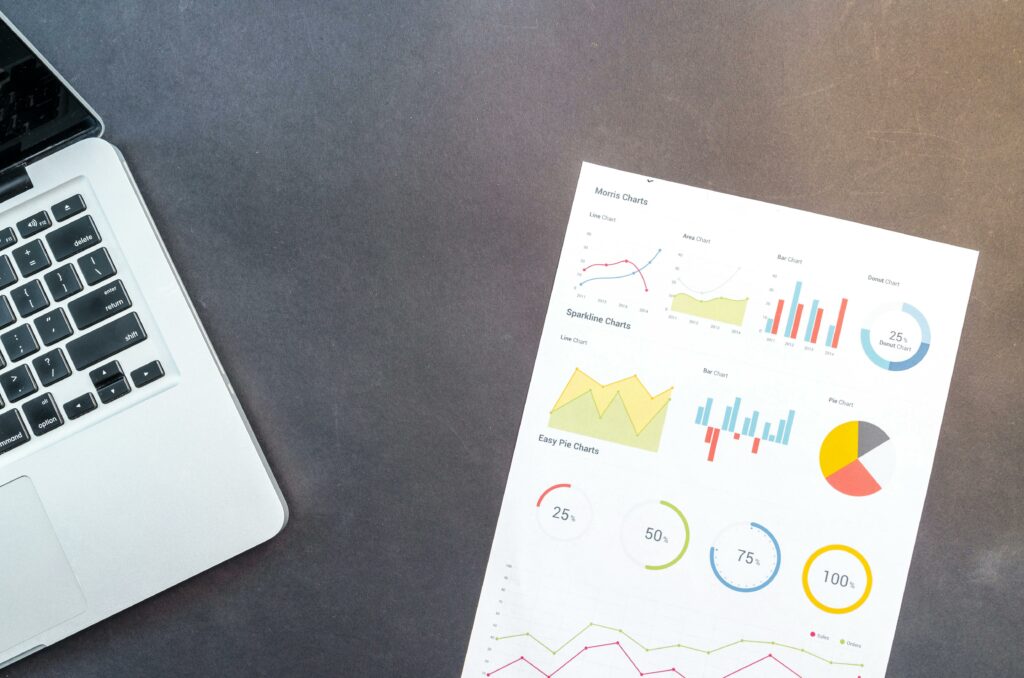
Conclusion
Building brand awareness on social media isn’t just about posting content—it’s about creating a strategic, engaging, and data-driven presence that resonates with your audience. From leveraging visual storytelling and posting consistently to collaborating with influencers and using hashtags strategically, each of the 7 proven strategies we’ve explored plays a vital role in helping your brand stand out in a crowded digital landscape.
Remember, social media is a dynamic space, and success doesn’t happen overnight. It takes time, effort, and a willingness to adapt. By monitoring your performance with analytics, listening to your audience, and refining your approach, you can create a powerful social media strategy that not only boosts brand awareness but also builds lasting relationships with your followers.
So, what’s next? Start implementing these strategies today! Whether you’re a small business owner, a marketer, or a content creator, these tips will help you take your social media game to the next level. And don’t forget—social media is all about connection. Engage with your audience, stay authentic, and let your brand’s unique personality shine through.
Ready to make your mark? Your audience is waiting, go out there and create something amazing!
